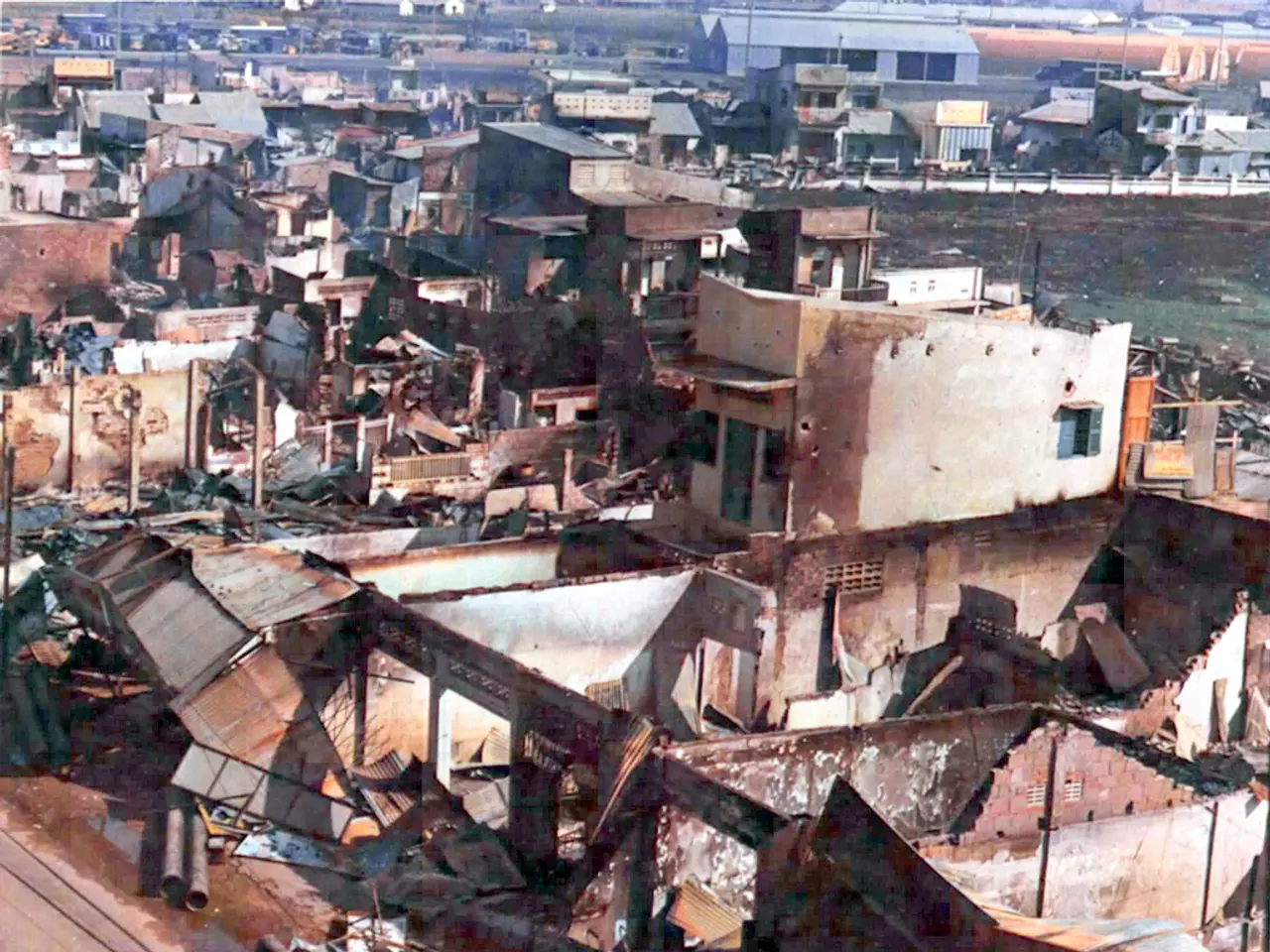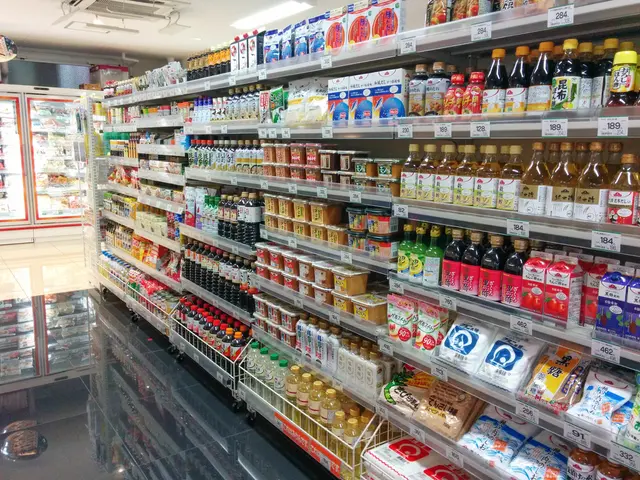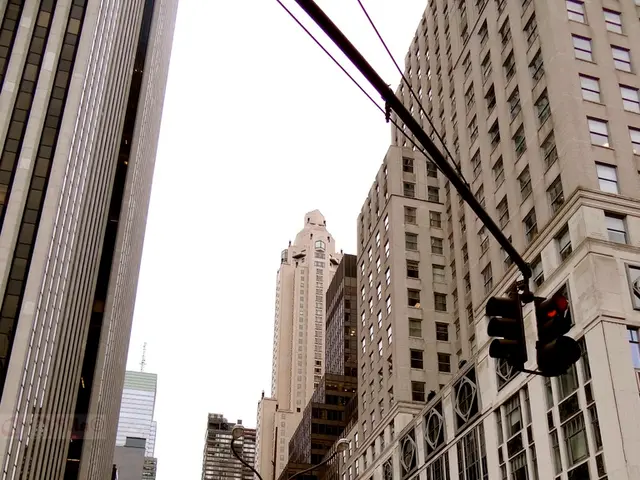Dim outlook for a major energy corporation
Venezuela, a country rich in oil and natural gas reserves, is currently grappling with a severe energy crisis that shows no signs of abating. The crisis, a result of a failing state with a collapsed economy, has been growing over the past two decades due to negligence in investing in basic electricity infrastructure and maintenance.
The economy of Venezuela has been in recession for several years, with GDP declining by 17% and 15% in the last two years respectively. Estimates suggest a further contraction of 8.4% for the year 2020. This economic downturn, coupled with dwindling oil production and oil and financial sanctions by the United States and others, has only worsened the energy crisis.
The energy sector in Venezuela is struggling due to a lack of investment, expertise, and skilled personnel. About 25,000 skilled electrical personnel have left the country since the economic crisis began, making it difficult to implement solutions to the energy crisis.
Venezuela's President Maduro has been controversial, and the government's response to the crisis has been met with criticism. Instead of implementing specific measures to alleviate the energy crisis, the government has attributed the crisis primarily to external interference, notably accusing U.S. government actions and blockades for exacerbating the situation. The government's response has included increased military exercises for regional security, rather than clear domestic energy crisis interventions.
The biggest power outage in Venezuela's history occurred in March 2019, affecting almost the entire country. The system capable of generating 34 thousand megawatts is now producing a mere 5,5 thousand, just 16 percent of capacity. The energy crisis is exacerbated by the fact that up to 80 percent of electricity generation comes from a single source, the Guri dam, which has been affected by climate change. The Development Plan for the National Electric System for 2019 aims to integrate 613 megawatts of renewables, of which 500 from wind energy.
The crisis in Venezuela is characterized by hyperinflation, government pressure, shortages of food and medicine. Since 2015, an estimated 4 million people have fled the country, seeking refuge elsewhere. The government has imposed rationing plans to manage power cuts, which can last up to 12 hours per day.
Climate change has contributed to Venezuela's energy woes, with up to 80 percent of electricity generation coming from the Guri dam, which has experienced a 79 percent decrease in water levels due to the climate phenomenon El Niño in 2009. The formerly private, now state-owned, energy companies in Venezuela are filled with party loyalists with little expertise in the electricity sector.
Venezuela, despite having abundant resources, is suffering from a severe energy crisis with no end in sight. The country's political deadlock since 2013, following the death of former President Chavez, has not helped matters. The energy crisis in Venezuela is a stark reminder of the challenges faced when a country's resources are not managed effectively and sustainably.
Read also:
- Federal petition from CEI seeking federal intervention against state climate disclosure laws, alleging these laws negatively impact interstate commerce and surpass constitutional boundaries.
- Duty on cotton imported into India remains unchanged, as U.S. tariffs escalate to their most severe levels yet
- European Union Prepares to Prohibit Liquefied Natural Gas Imports from Russia, Effective from 2027
- "Delaware County residents express discontent over SEPTA service reductions, asserting they won't increase taxes to bridge the budget gap"








